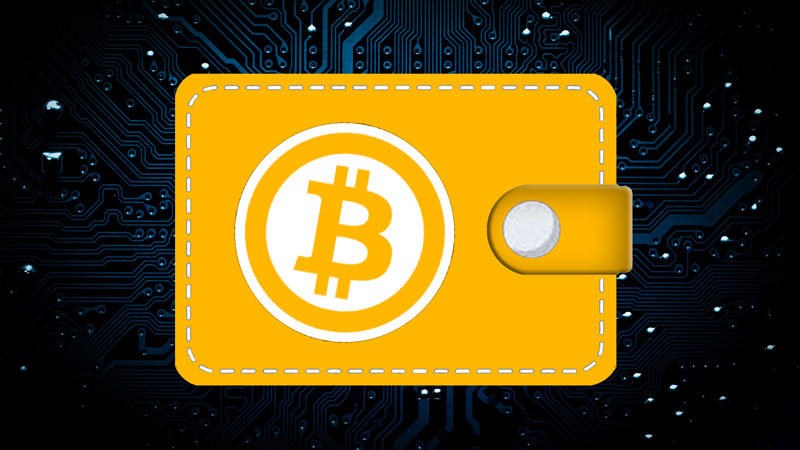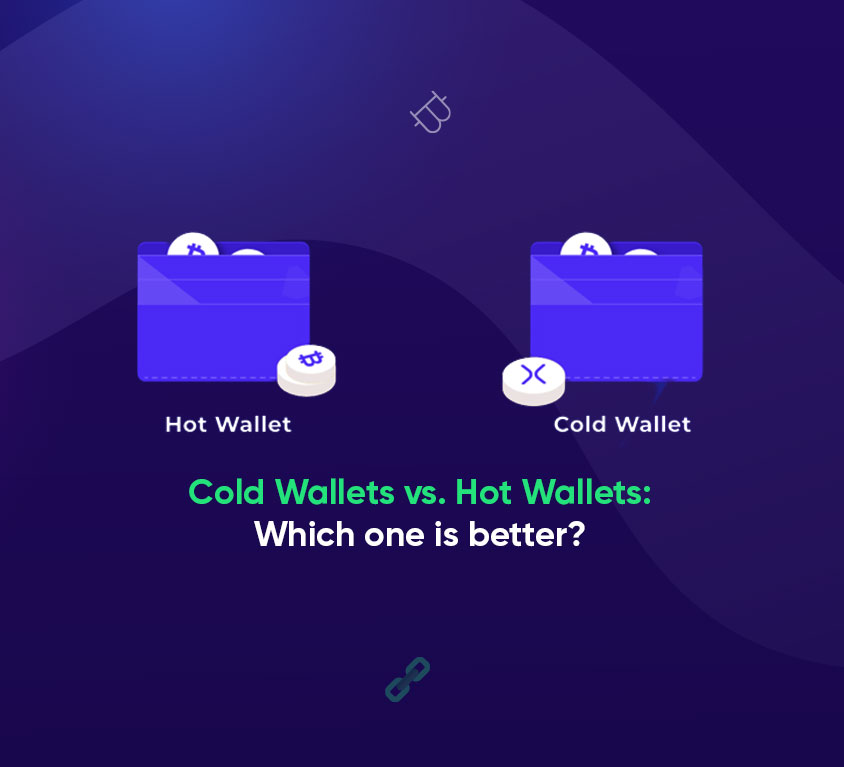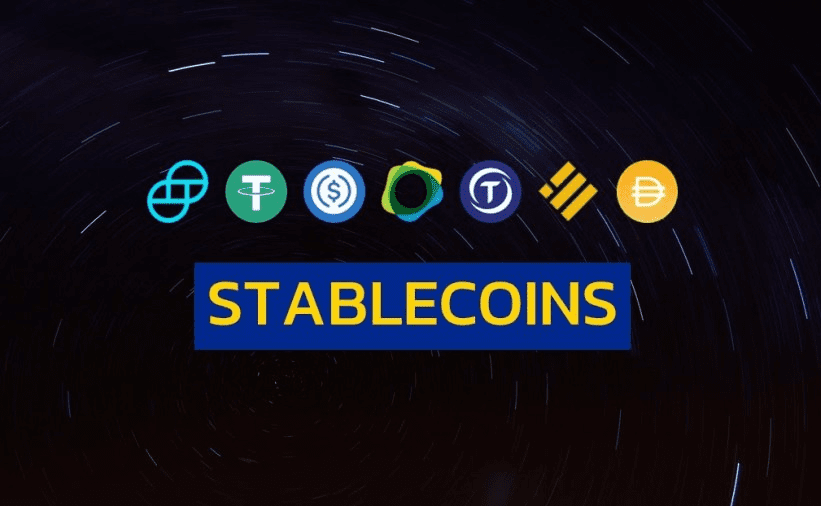With cryptocurrency topics spiking in popularity, more and more people wish to be involved in the space. So, what do you do if you would like to become a part of the crypto community but do not know much about the existing types of wallets? In this article, we will guide you through the main differences between crypto storage and its advantages and disadvantages. Hopefully, getting through this breakdown will help you in making the final decision on choosing the best service to trust your coins with before you proceed to swap crypto with Swapzone.
Software cryptocurrency wallets
Software wallets are programs that fall into the “hot” storage category — most of them are connected to the Internet. These crypto services are subdivided into groups based on the use of a particular platform, with the most important and popular types being Web, Desktop, Mobile, and Browser Extension wallets.
Web Wallets
Web wallets are used to access the blockchain directly from the browser. There is no need to download and install any programs — all the user needs to do is set up the wallet itself. Exchange wallets belong to this subgroup along with specific web-wallet providers. Utilization of a Web-based wallet is fairly easy — one needs to create a password and save the backup. Some service providers operate the keys on the user’s behalf (custodial services). Web wallets are a good choice for users starting their cryptocurrency journey, as the interfaces of these storages are usually non-complicated and understandable. Besides, web wallets often offer additional functions such as purchases, exchanges, special features, and more.
Desktop Wallets
A desktop wallet is a kind of software that needs to be downloaded and installed on one’s computer. Desktop storages are non-custodial and give users control over private keys — the backup is stored locally on the computer itself. Usual non-custodial service use precautions apply to the use of this version of a crypto wallet: make sure the key file is stored properly and is encrypted with a personal password. The computer chosen to run the program must also be clean from malware and viruses.
Mobile Wallets
A type on the rise, Mobile cryptocurrency wallets are a handy addition to the cryptocurrency storage union. These wallets are convenient, as they allow accessing the coins on the go and managing transactions with the use of QR codes. Mobile cryptocurrency wallets are here to solve the adoption issue — these apps are designed for day-to-day transactions and real-world cryptocurrency payments. Now, Mobile wallets have come a great way from single-currency applications of the years passed — these wallets now have built-in services, additional features, and more to ease cryptocurrency usage. Just as with the Desktop versions, the users should make sure there is no malware on their smartphones before creating a wallet. The backup, too, is to be stored properly and never shared with any third parties. It is also great to have a copy of the backup stashed somewhere off the device — just in case the phone gets stolen or broken. We all know how that goes.
The most known examples of software cryptocurrency wallets are Guarda Wallet, Trust Wallet, Atomic Wallet, Exodus, and NOWWallet.
Offline cryptocurrency wallets
Cryptocurrency wallets come in many forms. From a piece of paper to a multifunctional application, they all serve one purpose — grant access to one’s coins and make fund management reasonably easy. Here are some examples illustrating the kinds of existing offline cryptocurrency storage.
Paper Wallets
A paper wallet is quite literally a piece of paper on which a cryptocurrency address and the private key are printed or written down. The printed QR code version is also something that can be used to make transactions. This type of wallet is, of course, resistant to the attacks usually performed online, but the security demes with a price. Paper wallets are considered to be a redundant cryptocurrency storage option due to their numerous flaws. For instance, if a part of the sum stored in the wallet needs to be spent, the whole sum has to be transferred to some other type of wallet. Surely, later the change can be returned to a new paper wallet, but what’s the need in all the hassle? Besides, paper wallets are not reusable — please keep this in mind in case you are to choose this storage option.
Hardware Wallets
Hardware wallets are exactly what the “cold” storage paragraph was meant to illustrate — physical devices designed to store cryptocurrency offline. The keys get created by the random number generator and are stored offline, on the device itself. This type of crypto wallet offers higher security levels but overall tends to be much less user-friendly than the “hot” storage option.
The most known examples of hardware cryptocurrency wallets are Ledger, Trezor, and Ballet (which are also non-electronic).
Tips on choosing a cryptocurrency wallet
To make the task of choosing a cryptocurrency wallet slightly easier, we have collected a list of tips divided by the storage type. In the next paragraph, you will find some information on your crypto habits — if you relate to those, consider choosing “hot” storage (a web-based wallet or a smartphone app, depending on your needs).
You are storing smaller amounts of cryptocurrency that you use constantly
Online cryptocurrency wallets are much handier for those trading crypto or transacting frequently. Choose a reliable service (whether it be an exchange “hot” wallet or a custody-free storage solution), the right platform, and the currencies supported by the wallet provider. Keep in mind that crypto wallets are much more evolved now than they used to — try looking for additional features such as staking or private transactions if you are in a curious mood.
You are looking for a better UX
As we have already told in the paragraph breaking down the basics of hardware cryptocurrency wallets, the “cold” storages often lack user-friendliness. If you are a user valuing a great experience with a product, it is possibly better to turn to “hot” wallets — the majority of service providers put a lot of effort into making the usaguserw as smooth as possible.
You want a wallet that can be accessed easily
It is not safe to share your wallet data with somebody else. However, it is possible to create a multisignature wallet to manage crypto funds in cooperation. Multisig wallets require the transactions to be signed by several parties and can be accessed from various devices.
You need to share the wallet with someone else (in this case, go for a multisignature wallet)
It is not safe to share your wallet data with somebody else. However, it is possible to create a multisignature wallet to manage crypto funds in cooperation. Multisig wallets require the transactions to be signed by several parties and can be accessed from various devices.
If the points mentioned above do not ring a bell for you, here are some more points to consider. If you are thinking about yourself as this type of cryptocurrency user, it might be right for you to think about “cold” storage options.
You are storing large sums in cryptocurrency
Just as with any other valuable asset, it is vital to keep cryptocurrency safe. If you are a long-term investor and have large amounts of crypto stashed, it is a great idea to put it away into “cold” storage. Keeping the coins offline brings an extra layer of security and, well, ease of mind.
You do not need to access your wallet very often
Hardware wallets require a little bit more effort to access the funds — first of all, you will need the wallet device itself, then a computer or smartphone used to manage cryptocurrencies, Internet connection, and so on. If you are into trading real-world cryptocurrency purchases, hardware wallets might create more obstacles on your way to managing the coins than enhance the security.
You are ready to pay for the device itself
While the majority of “hot” wallets come for free in application stores or on service providers’ sites, hardware wallets need to be purchased. The price per device may vary, so we suggest checking each of the options on trustworthy sources (try the official websites of Trezor or Ledger). If you are new to cryptocurrency and are not ready to invest in the wallet device, you can easily go with other wallet options mentioned in the article above.
You are concerned with financial privacy
Offline cryptocurrency storage is more reliable from the point of financial privacy. If you are a user caring about anonymity and do not rely on third-party services to trust your funds, hardware options might be the right pick for you! That said, hardware wallets (meaning devices, not paper options) are still not completely anonymous.
Summary
In this guide, we have attempted to bring together all the types of cryptocurrency storage that are currently present. As you can see from all the points we have mentioned above, there are dozens of various cryptocurrency wallets, and choosing a suitable one might be, at first, a challenging task. Because the user is an individual responsible for the funds to end up in a secure place, it is crucially important to evaluate the goals of your wallet first. We do hope that the information that we have gathered here was useful and helped you to pick your first crypto wallet before proceeding with your exchange.






